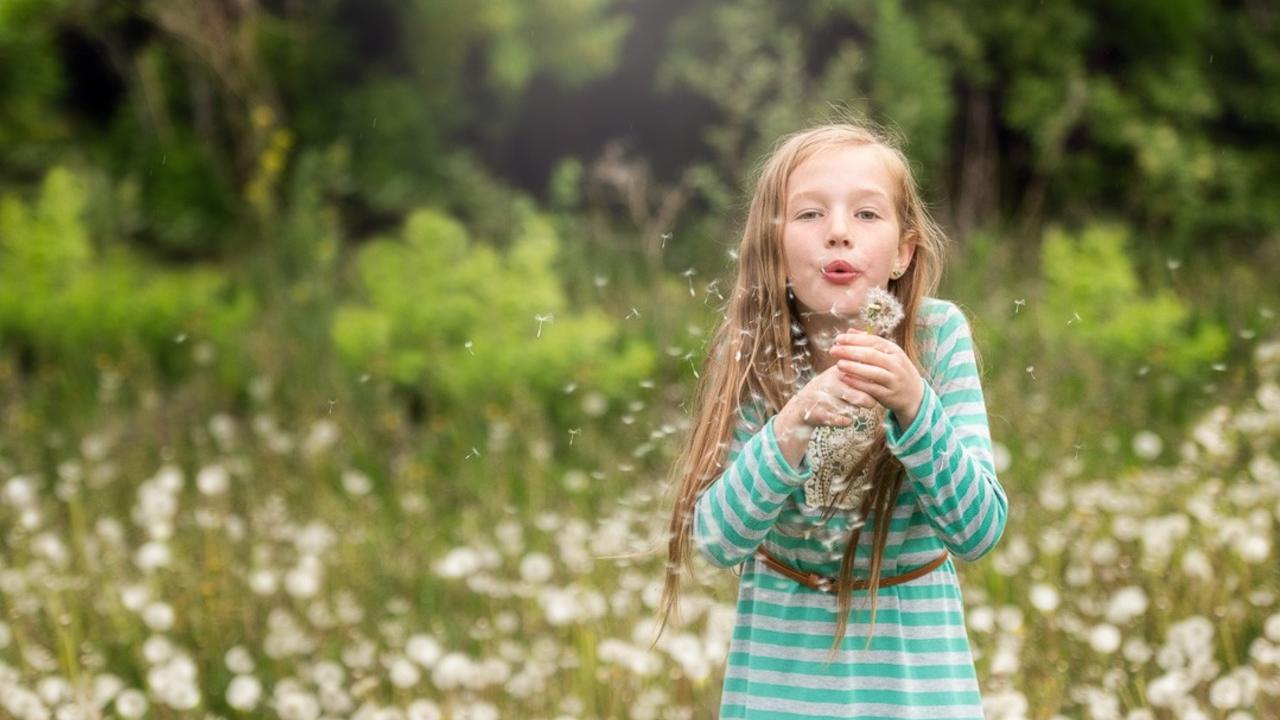
How to Find your Editing Style
Jul 07, 2020If there is one single question that I've repeatedly heard throughout my photography journey, it is this one, "How do I find my style?" Finding your style as a photographer, specifically your editing style, is not something that's going to happen overnight. I think that style is ever-evolving throughout the entirety of your photography journey. There are, however, a few indicators that are going to help you solidify who you are as an artist as you go about editing your images in post-processing. The suggestions below can help you find your editing style.
1. Never compare or copy
The photography community is full of jaw-dropping talent. It's easy to feel less than the incredible photographer that you are when you are constantly comparing your images to someone else. Copying the work of other photographers is even more detrimental to finding your style because when you are copying, you are not infusing yourself into the creation of your photographs.
As an aside here, I think it's important to talk about inspiration as opposed to copying and how to define the two. It's my opinion that copying is the deliberate act of trying to create an image like another photographer. I think being inspired by another photographer is the act of seeing a picture, editing style or something you like and then infusing what you like into your work in a way that speaks to who you are as a photographer.
You'll know that you are comparing or copying because you won't feel good about an image. To find your editing style, you must stay true to who you are. There is no one else that can create an image like you. Embrace your uniqueness because your style is inside of those actions.

ISO 500, 200mm, f2.8, 1/400SS
2. Study what you like and don't about another photographer's editing style
Instead of comparing your images to and copying the work of other photographers, you should, instead, study what it is you like and don't about the work of the photographers you admire.
When you see an image that catches your eye, reflect on what it is that has attracted you to that image. Think about what it is that has drawn you into the photograph and write down your thoughts. Later you can experiment with that look in your post-processing.
For example, perhaps you are drawn to the airy edits of a fellow photographer. Be inspired by that. Play around in your favourite post-processing program to develop your workflow to create that light and airy look in the way you see fit for your images.

ISO 400, 150mm, f3.2, 1/800SS
3. Study what it is you like in your edits
This practice is especially useful for helping you identify your style. I often look back on old edits with fresh eyes. Having stepped back a bit from my emotional attachment and edit to an image, I can turn a critical eye towards my edit and more easily identify what I like or don't care for in an old edit. Observing an image with a critical eye helps me fine-tune my future editing, as I drop older editing techniques and only incorporate what feels truest to who I am.

ISO 200, 150mm, f3.2, 1/640SS
4. Try out different techniques
You will never develop your editing style unless you try out different methods. Trial and error will help you learn who you are as a photographer when it comes to the development of your editing style. It's okay to try out a technique you've learned from another photographer in your edits. Perhaps the method will work for you in which you should adopt it in a way that works for you. Or maybe that technique doesn't work at all or fit with your style of photography. Knowing what you like in your edits and what you do not is an essential piece to the development of your editing style. Experimenting with different techniques will help you identify what works for you and what doesn't in your edits.

ISO 100, 200mm, f2.8, 1/1250SS
5. Always be open to learning
Style is not stagnant. I believe that photography is a journey and that you can always be learning and growing. Be open to absorbing information from other photographers. Feel compelled to watch videos, read books, download workshops and attend photography retreats. Being open to learning will help you identify who you are as a photographer and then incorporate that knowledge into creating stronger images that are a direct reflection of who you are.

ISO 100, 125mm, f3.5, 1/800SS
I've said it, and I will say it over and over again, "photography is a neverending journey." I think that there are ways to find your editing style, but I also think that it's important for you to be flexible in your style as you move through your photography journey. Always be open to the journey of learning, and while you are learning, incorporate that knowledge into your development as a photographer and artist.


